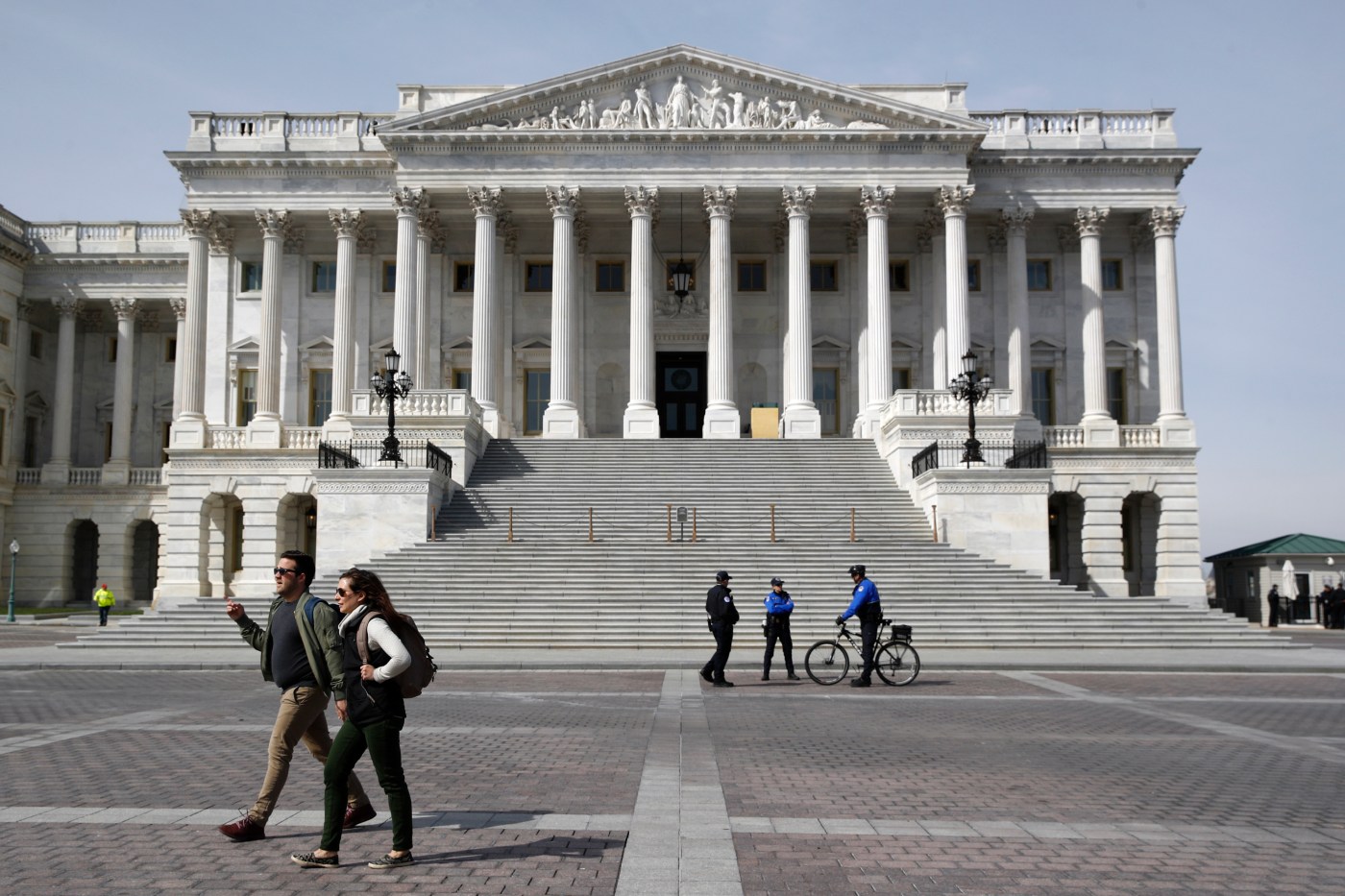
Schoen: Control of U.S. Senate hinges on these key races
While much of our news and attention is focused on November’s presidential election matchup between Joe Biden and Donald Trump, the fight to control the United States Senate is just as important, and figures to be just as close.
Today, the race to control the Senate is virtually tied between Democrats and Republicans, 45% to 45%, according to Real Clear Politics’ polling average. However, Republicans hold what I believe to be a substantial electoral advantage.
Given the fact that the Democrats are defending 10 seats and Republicans are defending just three, the Democratic party is – and will be – forced to allocate money to many more races than Republicans. As of April, the National Republican Senatorial Committee, the main fundraising entity for Senate Republicans, had raised over $102 million, surpassing the Democratic Senatorial Campaign Committee’s $94 million.
Put another way, all Republicans have to do is flip one of the Democrat’s 10 seats in order to take control of Congress’ upper chamber. And with fundraising advantages and wealthier GOP candidates financing their own campaigns, Democrats are at a distinct disadvantage.
To be sure, Republicans still must defend the three seats in which they have an incumbent running for reelection — Texas, Florida, and Missouri — but as it currently stands, Republicans lead Democrats by an average of 11 points across those three races. In other words, these seats are pretty safe barring any major changes to the race.
Indeed, given the American electorate’s growing partisan divide and due to the Senate’s unique election process, control of the upper chamber is likely to come down to just a handful of races in a few key states.
As it currently stands, the six most competitive races exist in Arizona, Michigan, Montana, Ohio, Pennsylvania, and Wisconsin. At present, each of these races are considered tied or within single digits according to their RCP averages.
One factor that has contributed to Democratic success in recent cycles (2020 and 2022) is anti-Trump sentiment among the electorate. However, this seems to be dissipating as voters rank Trump as a stronger leader than Biden (58% to 36%) according to the latest Economist/YouGov poll. This is likely due to Biden’s historically weak candidacy, plagued by the high cost of living, persistent inflation, a disastrous foreign policy, and the influx of migrants at the Southern border.
To be clear, any one of these issues has the power to — and likely will — remove Democrats from power in 2024. And unfortunately, Democrats up and down the ballot lack a coherent message on how they will solve these problems.
However, there is one caveat. Put simply, Republicans have a candidate problem, especially in the Senate. Since 2016, Republicans fail to choose moderate, center-right candidates who, hypothetically, have the best chance of winning voters in toss-up states.
In Arizona, Ohio, and Pennsylvania, Trump-backed candidates for Senate continue to underperform against vulnerable Democrats.
In Ohio specifically, Democrats are taking advantage of these Republican candidates’ shortcomings by advertising for their most preferred opponent, Bernie Moreno. In a brilliant move of political persuasion, the Democrat Sherrod Brown and his allies helped shape their general election matchup by spending $2.7 million on ads for Moreno in the Republican primary, framing him as “exactly the type of MAGA-fighter we need in the United States Senate.”
And thus far, Senator Brown leads Trump-endorsed businessman Bernie Moreno by 5 points, 42% to 37%, according to RCP. Ohio is considered to be one of the most competitive and expensive races of 2024.
The story is the same for Republicans in Arizona and Pennsylvania, where MAGA-aligned candidates like Kari Lake (-7 points) and Dave McCormick (-4 points) trail their opponents, per their RCP polling averages, despite Trump leading Biden in these states by 4-points and 2-points, respectively.
If anything, the fact that these MAGA-aligned candidates are hanging around, at least in the polls, highlights the messaging and enthusiasm gap that has plagued Democrats for years now. If these gaps persist, 2024 could turnout to be an inflection point for Senate Democrats for years to come.
Looking at other competitive races, Maryland is where Democrats appear to be most vulnerable in my opinion. Given Biden’s 21-point lead against Trump in the statewide polls, it’s jarring to see Republican candidate and former Maryland Governor Larry Hogan leading the Democrat Angela Alsobrooks by 7 points, 47% to 40%.
Alsobrooks’ odds are sure to improve once the Democratic field consolidates. After a divisive primary contest concluded earlier this month, Alsobrooks is still working to win over supporters of her primary opponent, David Trone. The distinct partisan advantage Maryland Democrats enjoy on the presidential level will likely play out in similar fashion in the general election for Senate.
To be sure, each of these races will remain competitive, and likely get even closer as we approach November. However, Democrats are almost certain to lose their majority in the Senate when West Virginia Democrat Joe Manchin — a long-time moderate and Democratic holdout in recent years — steps aside for current Republican Governor Jim Justice to take his seat.
While Senate races are unique to each state, the top of the ticket races are often a strong barometer for how voters will cast the rest of their ballot, especially in a presidential election year. And, given Biden’s dismal approval rating, struggling poll numbers in swing states, and lack of a coherent campaign message, Democrats are at considerable risk of losing the Senate.
Douglas Schoen is a longtime Democratic political consultant.


